 Is there any value in comforting your customers today with nostalgia from yesterday when their choices are naturally evolving at the rapid pace of a vastly shifting world around them?
Is there any value in comforting your customers today with nostalgia from yesterday when their choices are naturally evolving at the rapid pace of a vastly shifting world around them?
 Gareth Grant, Business Unit Head at The MediaShop, questions how best to future-proof a brand’s message to a post 2020 customer base.
Gareth Grant, Business Unit Head at The MediaShop, questions how best to future-proof a brand’s message to a post 2020 customer base.
In the current ever changing and growing market, there are some challenging questions that brands need to be asked. Marketers want their customers to want their products, but are they really talking to and engaging them?
It is important to consider whether customers are receiving brand messages in a way that holds enough meaning to potentially influence their behaviour. And if the message is being received, is it getting through in a way that works for your customer now and in the future?
Emerging from a global recession creates opportunity to rethink strategy. The tide is set to turn again, as it does, and the market could boom or we should at the very least see an upswing. But with this turning tide, we also face a new-age society. The industry is humming with buzz-words like “disruption”, “millennials”, “Gen-C” and “Artificial Intelligence” because these are the very factors demanding that we rethink strategy.
The post 2020 consumer base – the inhabitants of the new-age society; are not as concerned with brand heritage stories as they are with real-time solutions and services that ease the mundane daily load and allow for an easier life experience.
Cue Apple’s “Siri”, the Google Assistant and Amazon’s “Alexa”. So here we are, trying to engage with this post 2020 consumer, trying to disrupt enough to get some attention but not necessarily with a product that can include the best of AI such as Siri and Alexa.
Every business in each sector still needs to find ways to engage their audience though and I believe the key is to look at the relevance of the message as well as the means of communicating the message. We know the customer pool is bigger, younger and bolder than ever before. We know that they are all connected and that technology and social media are at the hub of the inhabitants of this “new world”. My colleague at The MediaShop, Richard Lord, wrote a very interesting article on the social media angles just recently http://www.mediashop.co.za/blog/item/256-are-foogle-the-enemy
To my first point – is the message itself relevant? The post 2020 consumer wants value-add so brands should ensure that the message communicates that. Disruption is a requirement to catch attention but attention span is a valuable commodity these days and so it is imperative that the message is made clear as soon as possible.
When I think of the current and future society, I have a laugh at the old joke about the “3-second rule”. In my circle if anyone dropped a morsel of food but managed to pick it up in 3 seconds or less – it counted as being still edible. This rule also applies to messaging – if your message manages to hook attention in 3 seconds or less – it is relevant. If not, your customer has moved on – moment forgotten, message? What message?
If this is the current landscape, then surely as AI and technology make life more streamlined and experiences more convenient every day, the demands on messaging are sure to increase.
To my next point though, how the interesting and relevant messaging is delivered needs to ensure that it is seen by the relevant eyes at a time and place that is as meaningful as the message itself. New digital platforms are constantly sprouting in the online landscape and whether a business is operating in the online space or not, leveraging this is essential.
Traditional platforms still show some return but continuity is absolutely required. A golden thread running through all platforms needs to be created in order for the consumer base to have multiple interactions with the message. The concept of “experiential” contact needs to be turned inside out and reinvented so that consumers experience a brand’s message in ways that are relevant to this time where the landscape changes literally from day to day. Consumers are selective to what content they consume and we need to talk to them in moments which matter to them in order to have their attention.
I say let’s do our best to engage on every platform, create a golden thread that runs through all points of engagement and get creative about the future. Let’s imagine the science fiction version of our audience 12 years from now, using current statistics pulled from the last five years, we can get as creative as we like in imagining the version of our audience in 5 and 10 years from now and we will more than likely still be hitting a conservative version.
So many questions and so few answers, I know. So then, just as inventors in every field scratch their heads at a challenge until a totally “crazy idea” provides the answers (think Edison, Newton and Musk), advertising and marketing needs to try some crazy ideas to get the message out there in a meaningful and engaging way. Let’s go! To Infinity and Beyond!
 Vega, a brand of The Independent Institute of Education (The IIE), will host its next open day on Saturday, 4 August 2018.
Vega, a brand of The Independent Institute of Education (The IIE), will host its next open day on Saturday, 4 August 2018. Vega invites learners, parents and working professionals to attend its next open day for the year, taking place at Vega campuses nationwide on Saturday, 4 August 2018. The open day will give prospective students and their parents an overview of what campus life is all about, as well as valuable insight into the many higher education qualifications available to study at Vega.
Vega invites learners, parents and working professionals to attend its next open day for the year, taking place at Vega campuses nationwide on Saturday, 4 August 2018. The open day will give prospective students and their parents an overview of what campus life is all about, as well as valuable insight into the many higher education qualifications available to study at Vega. “Vega is a learning environment quite unlike any other in South Africa. We pride ourselves in providing students with challenges that allow them to showcase their acumen, creativity and ingenuity on engaging real-world campaigns, such as our famous annual Vega Brand Challenge.” says Nicky Stanley, National Marketing Manager at Vega School.
“Vega is a learning environment quite unlike any other in South Africa. We pride ourselves in providing students with challenges that allow them to showcase their acumen, creativity and ingenuity on engaging real-world campaigns, such as our famous annual Vega Brand Challenge.” says Nicky Stanley, National Marketing Manager at Vega School. “These open days allow prospective students to experience first-hand what our campuses have to offer, while providing context into the various IIE qualifications available to study at Vega, and allowing them to engage with lecturers at Vega on a one-on-one basis.”
“These open days allow prospective students to experience first-hand what our campuses have to offer, while providing context into the various IIE qualifications available to study at Vega, and allowing them to engage with lecturers at Vega on a one-on-one basis.”

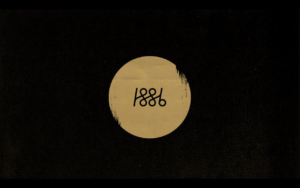 “The idea was to juxtaposed the sombre nature of the song with fun lyrics about how our different characters came to lose their cellphones. Each spot represents a different aspect covered by Cell C’s C Surance,” explained 1886 Chief Creative Officer, Stuart Stobbs.
“The idea was to juxtaposed the sombre nature of the song with fun lyrics about how our different characters came to lose their cellphones. Each spot represents a different aspect covered by Cell C’s C Surance,” explained 1886 Chief Creative Officer, Stuart Stobbs.
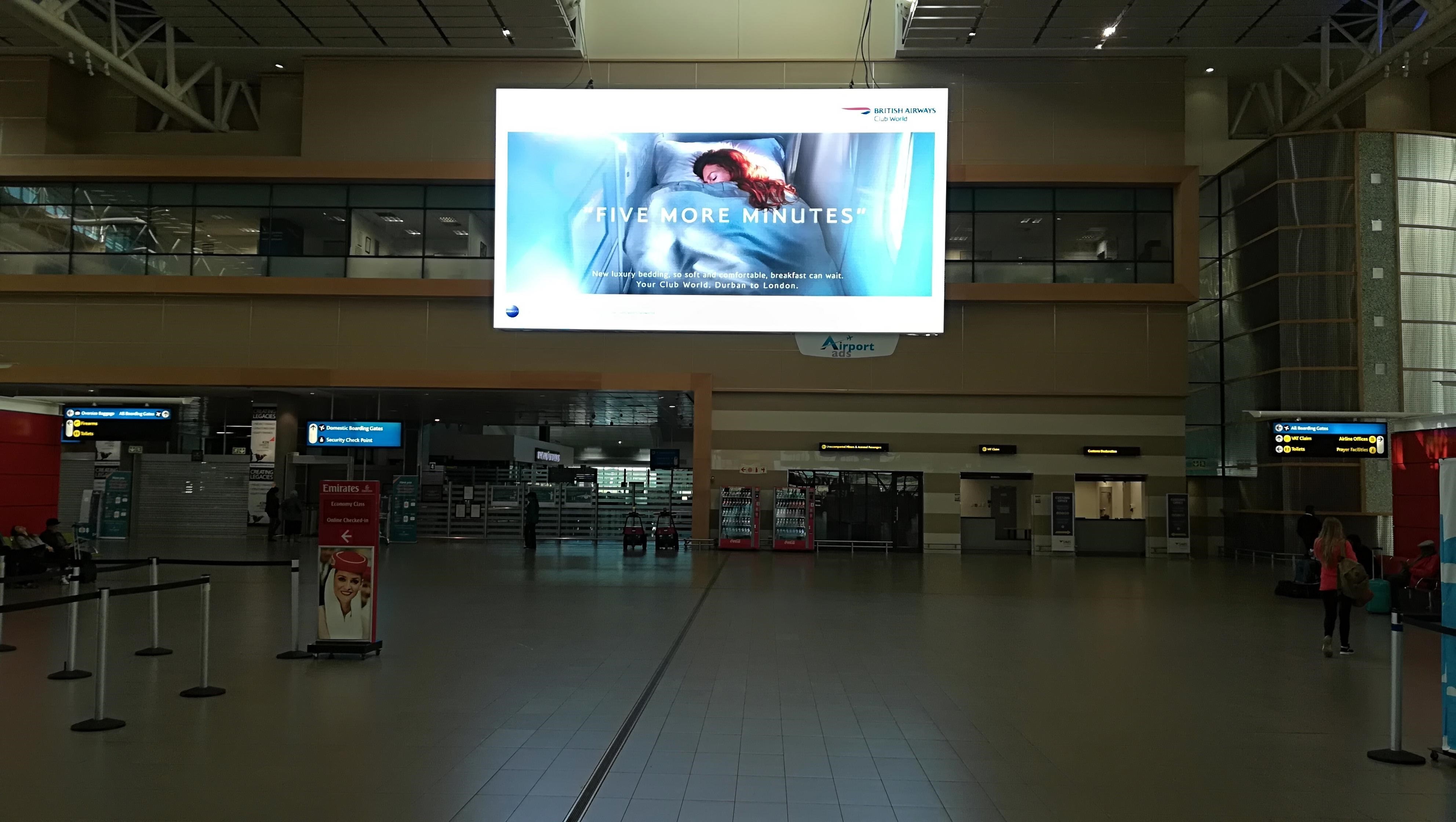
 British Airways is showcasing it’s unique offering via Airport Ads’® highly visible Visionet™ digital billboard at King Shaka International Airport.
British Airways is showcasing it’s unique offering via Airport Ads’® highly visible Visionet™ digital billboard at King Shaka International Airport.


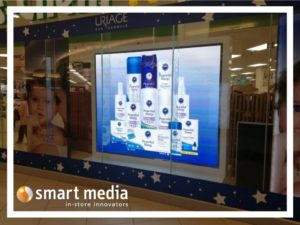 Even though e-commerce has become an increasingly popular consumer option, improving the in-store customer experience is more critical than ever. This ‘last mile’ presents brands with a final opportunity to either trigger a purchase decision or change future buying behaviour. In South Africa consumers visit malls as social activities, and many consumers still want to touch and feel products before making a purchase decision, even if that occurs later online. In fact, embracing more impactful in-store marketing assets should become a priority for brands and retailers looking to differentiate themselves.
Even though e-commerce has become an increasingly popular consumer option, improving the in-store customer experience is more critical than ever. This ‘last mile’ presents brands with a final opportunity to either trigger a purchase decision or change future buying behaviour. In South Africa consumers visit malls as social activities, and many consumers still want to touch and feel products before making a purchase decision, even if that occurs later online. In fact, embracing more impactful in-store marketing assets should become a priority for brands and retailers looking to differentiate themselves. An example of media innovations to attract attention is an alternative platform we’re currently testing, 3D Holograms. These are not small hologram display stands on countertops or FSUs, rather they’re large-format rotating experiences that literally stop shoppers in their tracks. We’ve noticed shoppers taking photographs and filming these displays in-store which indicates we’ve found not only an engaging noticeable medium but more-importantly one that is now translating to online conversations through social media sharing and creating further conversations, with the brand on display at the heart of the conversation. This is the talkability and buzz we aim for our mediums to create.Shelf life
An example of media innovations to attract attention is an alternative platform we’re currently testing, 3D Holograms. These are not small hologram display stands on countertops or FSUs, rather they’re large-format rotating experiences that literally stop shoppers in their tracks. We’ve noticed shoppers taking photographs and filming these displays in-store which indicates we’ve found not only an engaging noticeable medium but more-importantly one that is now translating to online conversations through social media sharing and creating further conversations, with the brand on display at the heart of the conversation. This is the talkability and buzz we aim for our mediums to create.Shelf life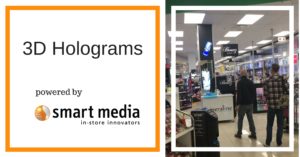 Enter the Digital Shelf Strip, these electrifying multi-screen strips first and foremost grab consumer attention with motion, colour and potentially sound. Video has become a core focus in all marketing activities due to its story-telling power. Human beings like stories and videos convey a story better than any other medium. The ability to transfer a lot of information, easily and quickly is something a static print ad struggles to do. By no means is print not valuable in reinforcing messages, video is just proven to be more powerful when the placement and timing is correct.
Enter the Digital Shelf Strip, these electrifying multi-screen strips first and foremost grab consumer attention with motion, colour and potentially sound. Video has become a core focus in all marketing activities due to its story-telling power. Human beings like stories and videos convey a story better than any other medium. The ability to transfer a lot of information, easily and quickly is something a static print ad struggles to do. By no means is print not valuable in reinforcing messages, video is just proven to be more powerful when the placement and timing is correct. Shelf Stripsdo this more effectively than any other on-shelf branding on the market.
Shelf Stripsdo this more effectively than any other on-shelf branding on the market.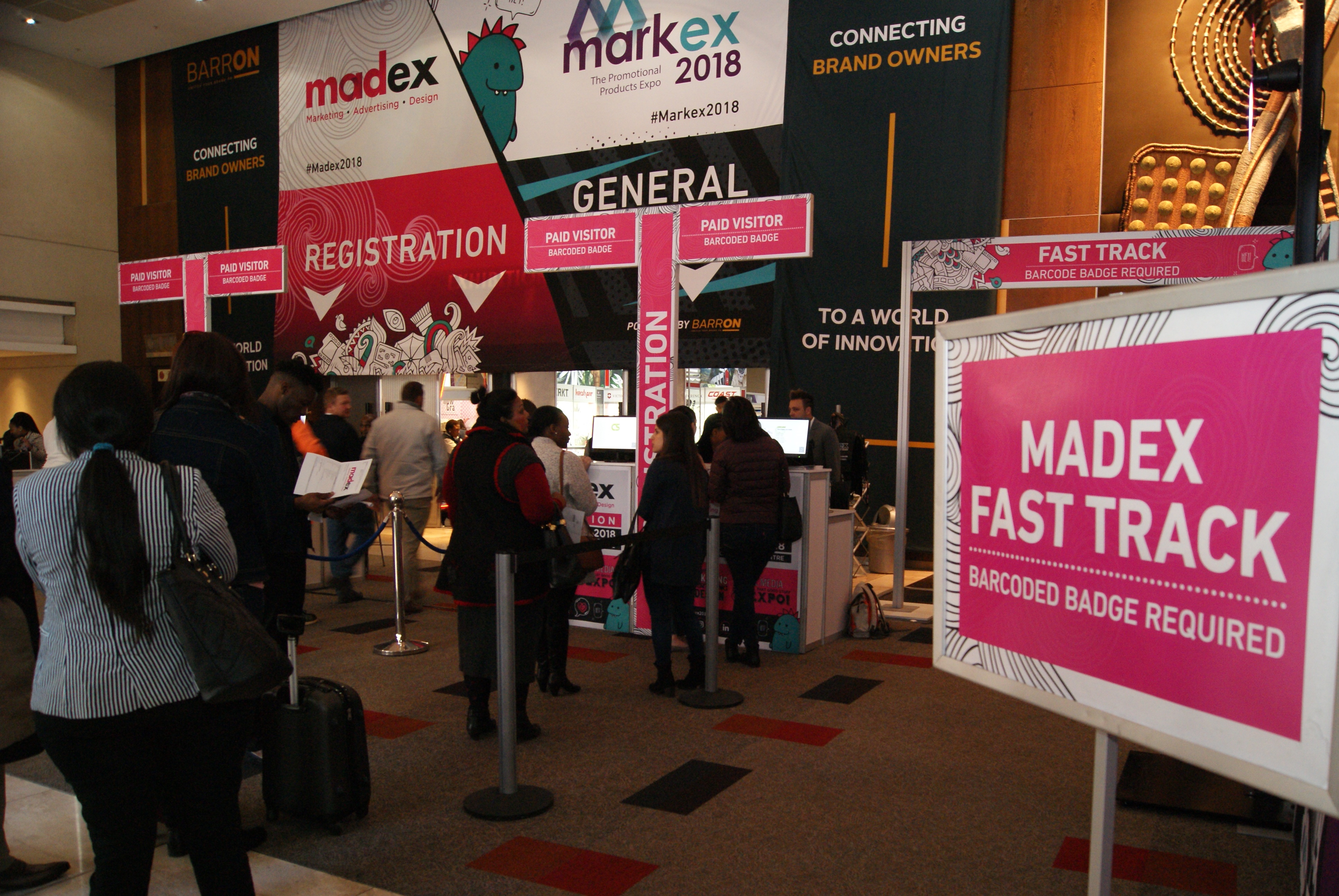
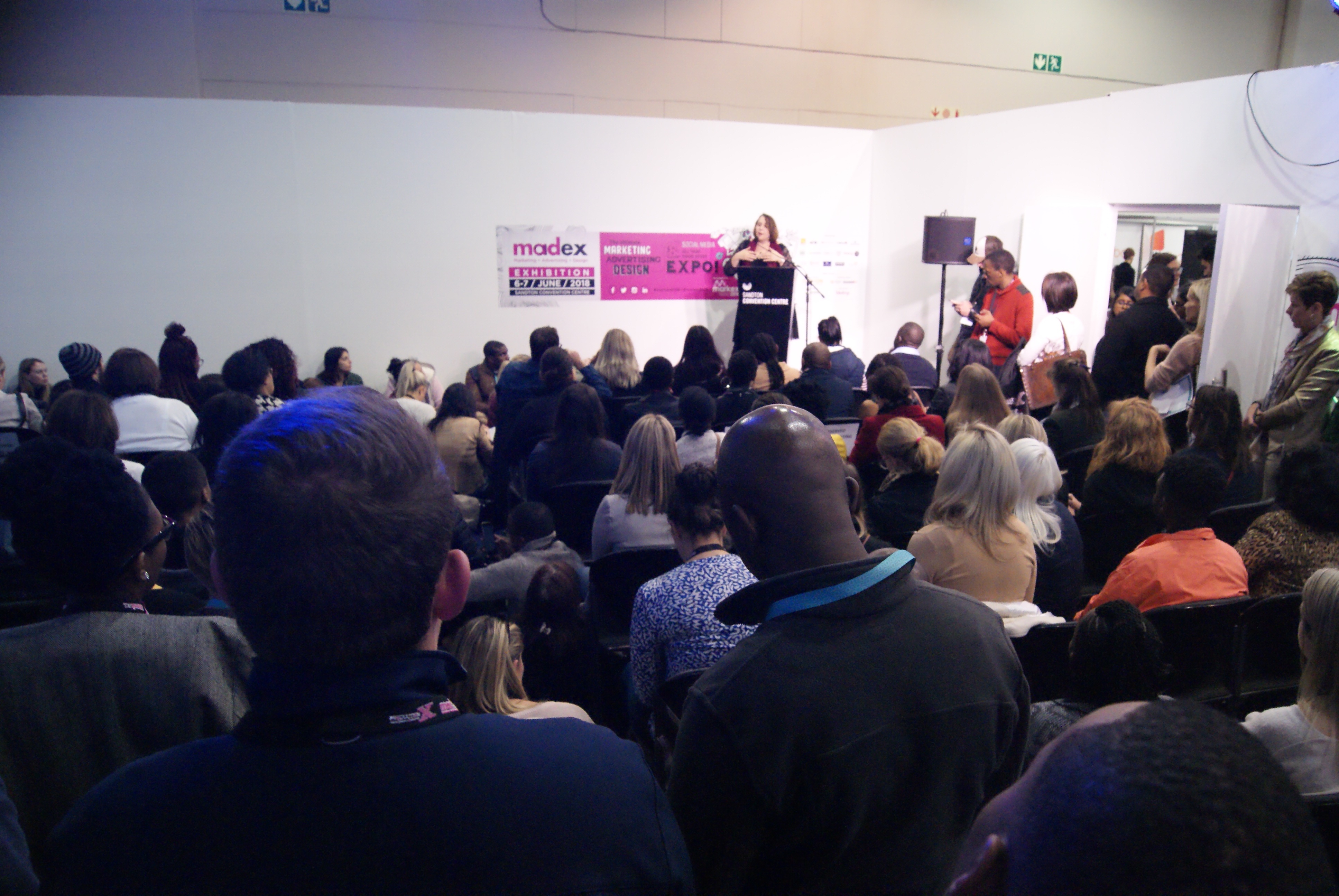 “Our social media platforms, both before and during the shows, highlighted the fact that these channels are critical for engagement with Madex visitors in particular,” Sarnadas explains. “Thanks to our attendees sharing their experiences at the show, #Madex2018 trended three times over the two-day show. We also welcomed eight ‘influencers’, who played a critical role in our extended reach.”
“Our social media platforms, both before and during the shows, highlighted the fact that these channels are critical for engagement with Madex visitors in particular,” Sarnadas explains. “Thanks to our attendees sharing their experiences at the show, #Madex2018 trended three times over the two-day show. We also welcomed eight ‘influencers’, who played a critical role in our extended reach.”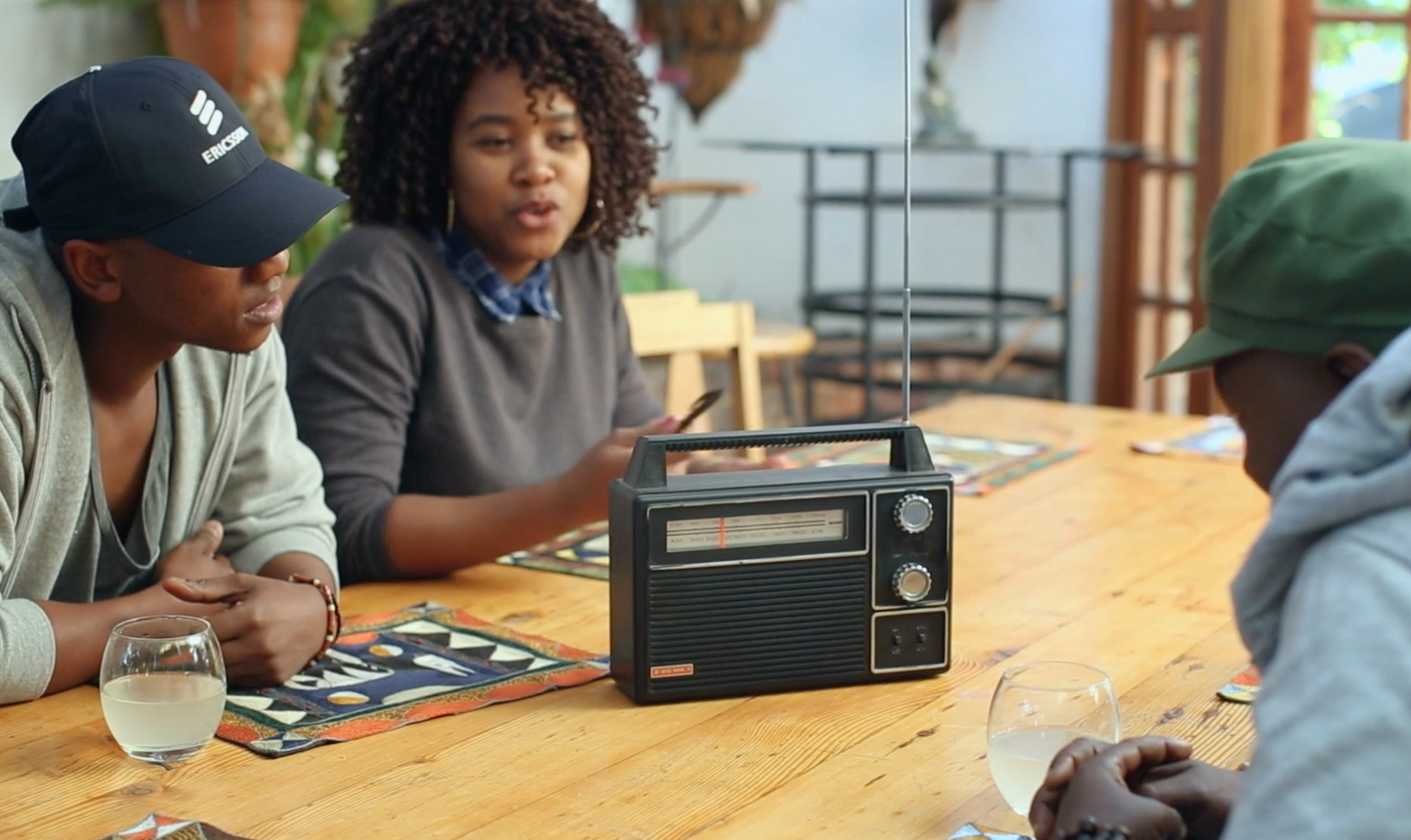
 Sooner or later, death will call on every one of us and yet it is hardly the go-to conversation with friends and family, making it even more difficult to discuss with complete strangers – which is why Old Mutual decided to get expert advice on marketing its funeral policies in a way that not only entertains consumers but informs and educates them too. Enter Creatrix – the storytelling and branded content specialists.
Sooner or later, death will call on every one of us and yet it is hardly the go-to conversation with friends and family, making it even more difficult to discuss with complete strangers – which is why Old Mutual decided to get expert advice on marketing its funeral policies in a way that not only entertains consumers but informs and educates them too. Enter Creatrix – the storytelling and branded content specialists. 
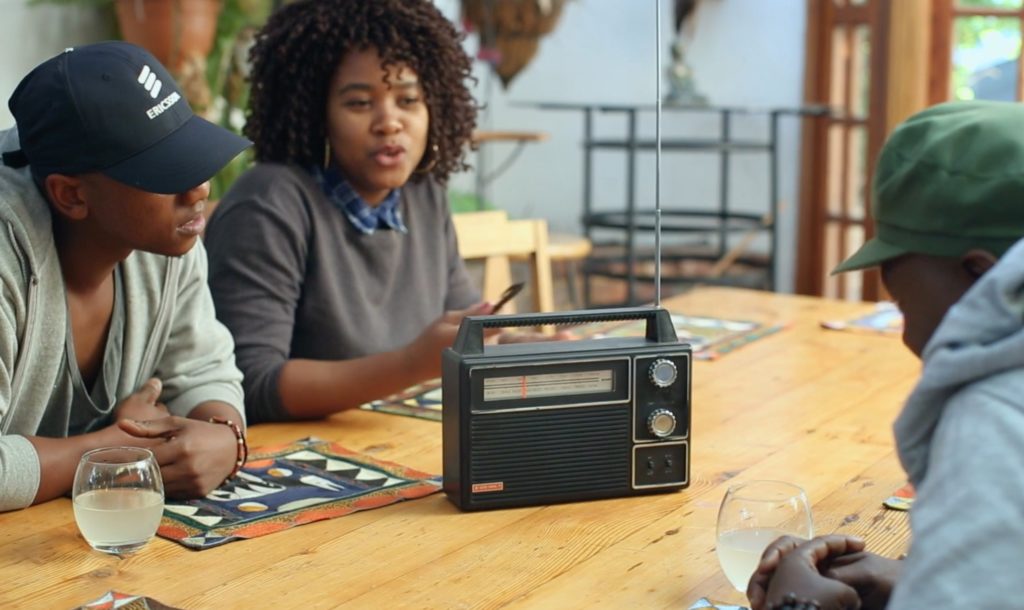
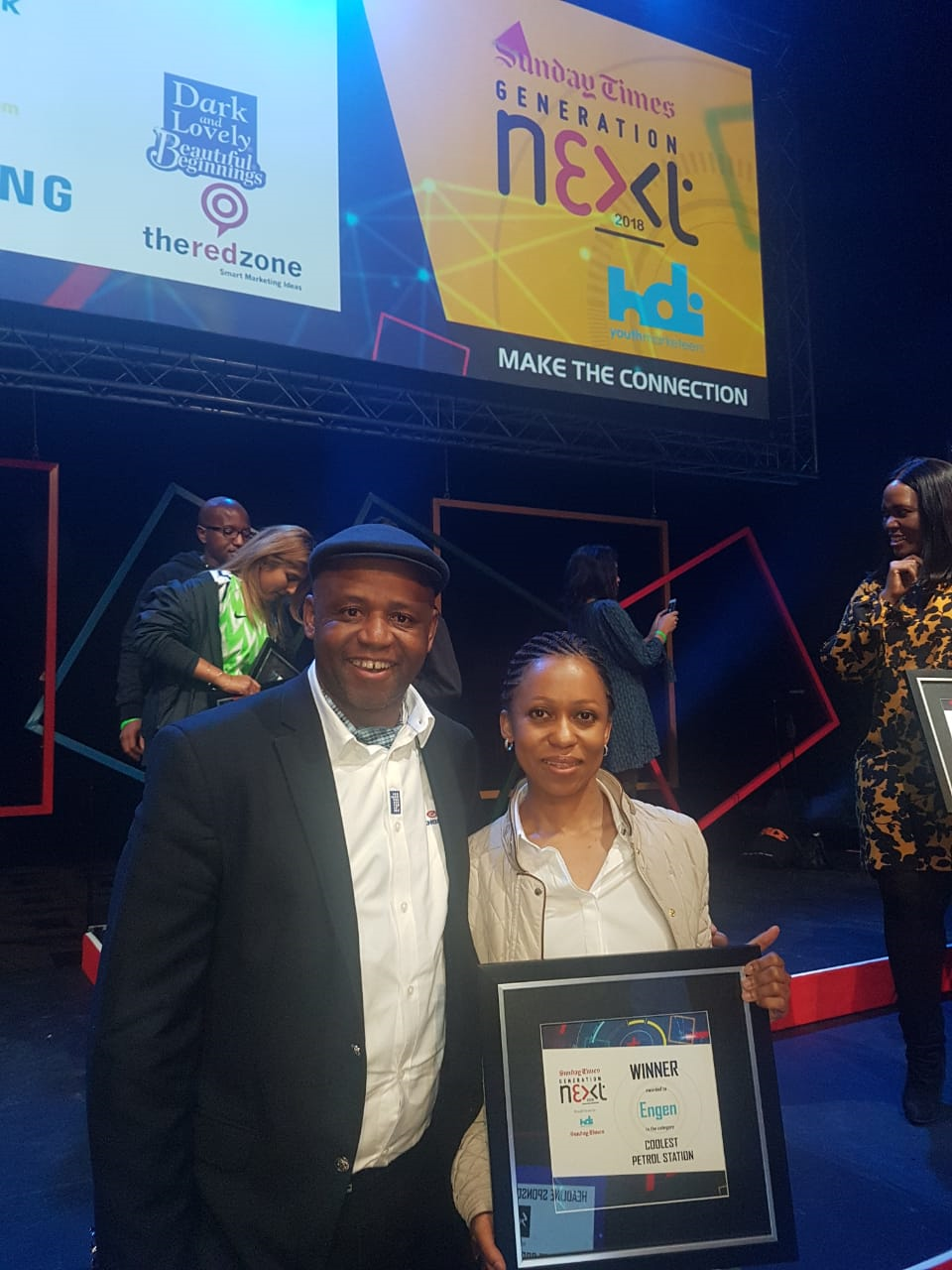
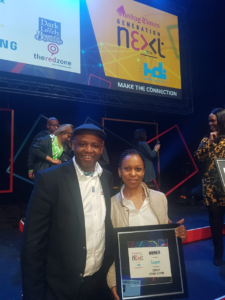 Engen has again been voted the “Coolest Petroleum Brand” in the Sunday Times Generation Next awards. This is the ninth consecutive year that South Africa’s youth have backed Engen, reaffirming the company’s uncontested brand leadership and market strength.
Engen has again been voted the “Coolest Petroleum Brand” in the Sunday Times Generation Next awards. This is the ninth consecutive year that South Africa’s youth have backed Engen, reaffirming the company’s uncontested brand leadership and market strength.